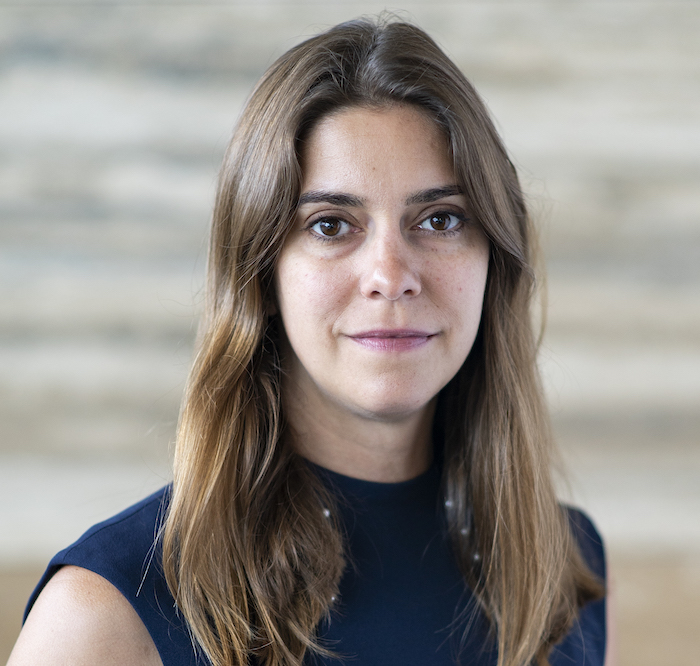Investors struggle with many behavioral biases, but Loss Aversion is perhaps the bias that poses the greatest challenge. Loss aversion simply means that losses hurt twice as bad as a gain of equal value. This is a concept was first quantified by Amos Tversky and Daniel Kahneman in their pivotal 1979 paper titled Prospect Theory.
Loss aversion rears its ugly head through several types of unhelpful behaviors. One such behavior is the reluctance to sell an investment that is trading below the original purchase price. There is often a strong desire to hold the investment until it gets back to even. I call this Get Even-itis.
Get Even-itis works against long-term investors because the purchase price of an investment is irrelevant to today’s investment decisions. The choice of how to invest a dollar today should not be held hostage to a decision made in the past. The prior decision is a sunk cost. The inability to let go of Get Even-itis holds those dollars hostage, preventing them from switching to a better alternative.
In taxable investment accounts, the purchase price matters, but only from a tax planning perspective. Investments sold above their purchase price result in capital gains tax. Short-term investments, those held for less than one year, are taxed at the owner’s ordinary income tax rate, which can be as high as 37% at the Federal level. Long-term investments receive preferential capital gains tax rates, which range from 0% – 23.8% Federal. Many states, including California, do not grant preferential treatment to long-term capital gains, charging the full ordinary income tax rate instead. An investor in the highest tax bracket in California will pay a combined 50.30% on short-term and 37.1% tax on long-term capital gains.
On the other hand, selling an investment below the original purchase price results in a capital loss. Losses can be used to offset capital gains. If there are more losses than gains available, an additional $3,000 can be written off against other income on the tax return. The remaining loss balance is carried forward to future years, and the investor has the rest of their life to use the losses against future gains. The ability to net capital gains and losses lends itself to the common strategy of tax-loss harvesting in brokerage accounts. In this case, selling below the original purchase price has a value worth considering.
This entire tax conversation is irrelevant in tax-deferred accounts, such as IRAs, ROTH IRAs, and retirement savings plans. Here the original purchase price is truly meaningless, except for ego-stroking purposes. What should matter is making the best decision with investment dollars based on the market conditions today. Let’s take a look at an example.
Assume you bought General Electric (GE) stock in March of 2017 at $240/share. The price immediately starts to decline and by the end of the year, it’s trading at $145/share. Your investment in GE is down almost -40% in 9 months. What should you do? The honest answer is that no one can predict the future. GE was once the largest company in the S&P 500 Index. GE’s reputation as a blue-chip company had few rivals.
One factor that deserves no place in your decision tree is the original purchase price for GE stock (aside from the exception for brokerage accounts, in which case selling at a loss could provide tax benefits -see above). If you had contracted a case of Get Even-itis back in 2018 and decided to wait for your shares to get back to even, you’d still be waiting. GE stock is trading at $92/shares today, down -62% from your original purchase price.

I admit to cherry-picking GE stock as an example to make my point. Yes, there will be stocks that bounce back to new highs, but there is no guarantee this will happen to your stock, even to stocks that have bounced back for you in the past, and yes, even for stocks of great companies.
Do not let Get Even-itis hold your investment dollars hostage. There are many factors in deciding where and when to invest. I am not saying that buy and hold is an invalid strategy. Nor should you give up on every losing trade. But, waiting for an investment to Get Back to Even before you sell is a useless exercise.



